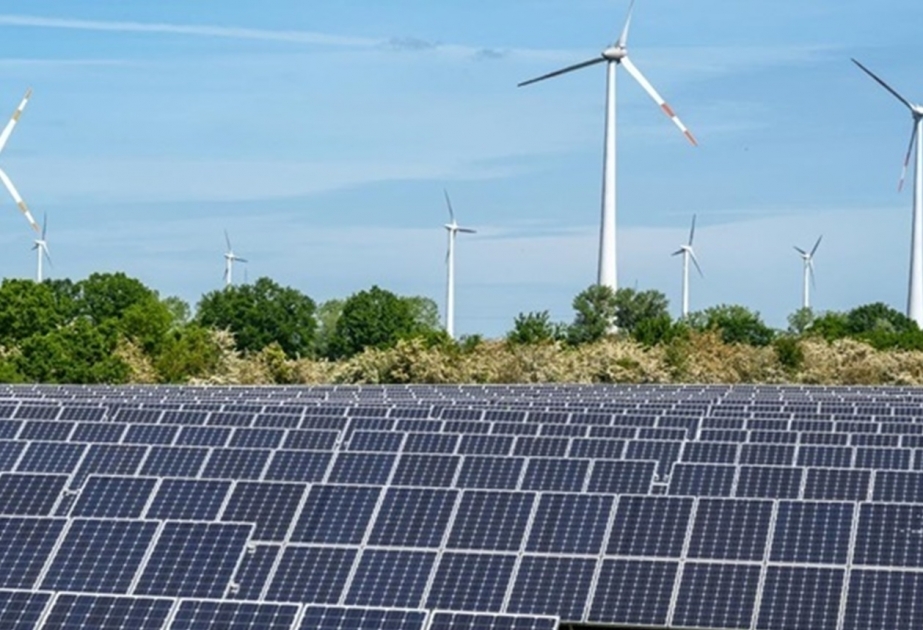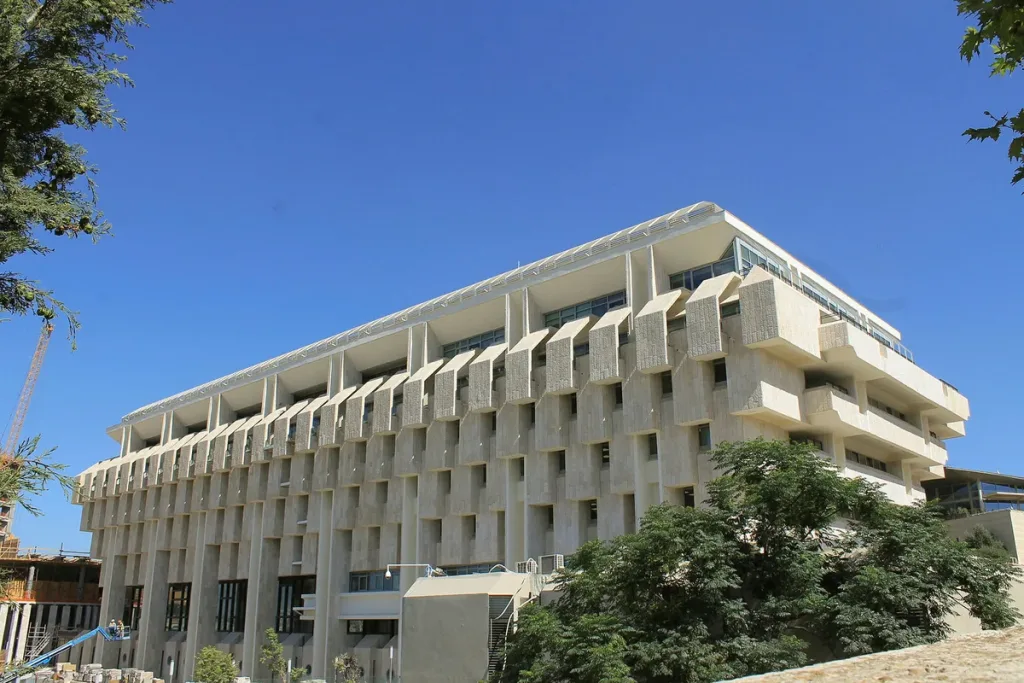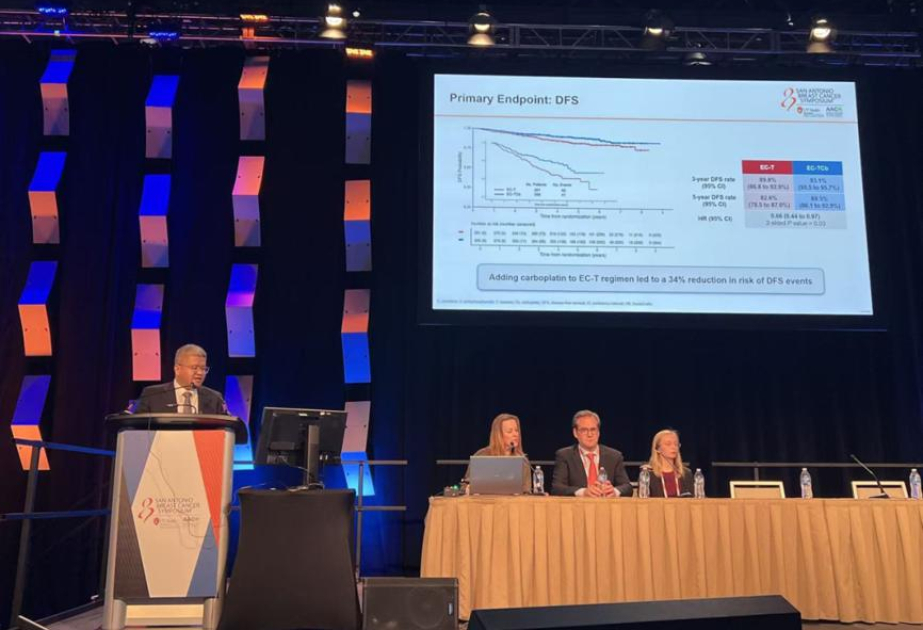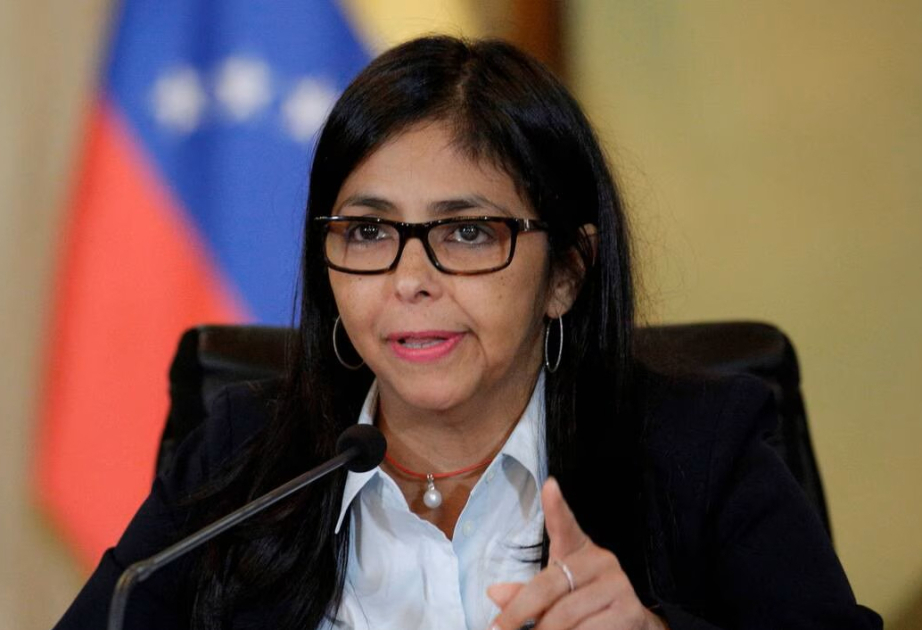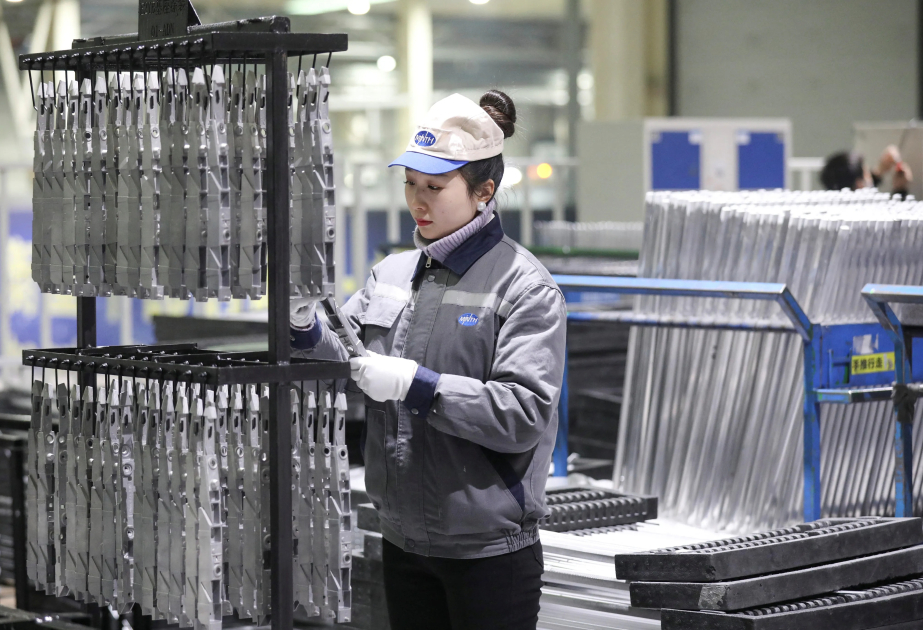Worldwide renewable energy capacity up by 50% in 2023 but more work needed
Global renewable power capacity is now expected to grow to 7,300 GW by 2028, having increased by 50% from 2022 to 2023, according to newcivilengineer.com.
The Renewables 2023 report is published by the International Energy Agency (IEA), an autonomous Paris-based intergovernmental organisation that provides policy recommendations, analysis and data on the global energy sector based on current policies and market developments.
It is the first instalment of the IEA’s work on the energy outcomes of Cop28 that will continue throughout 2024 and beyond, forecasting the deployment of renewable energy technologies in electricity, transport and heat to 2028. In addition to the report, this year also saw IEA launch its Renewable Energy Progress Tracker, which allows users to explore historical data and forecasts at the regional and country level, including tracking progress towards the tripling goal.
Renewables 2023 is based on five pillars set out by the agency ahead of Cop28: tripling renewables, doubling energy efficiency, cutting methane emissions, transitioning away from fossil fuels and scaling up financing for emerging and developing economies.
It paints a broadly optimistic picture, although it cautions that more work is urgently needed, particularly to enable emerging economies to catch up on the global energy transition.
The report found that “under existing policies and market conditions, global renewable power capacity is now expected to grow to 7,300 GW over the 2023-28 period. Solar PV and wind account for 95% of the expansion, with renewables overtaking coal to become the largest source of global electricity generation by early 2025”.
It said that worldwide capacity to generate renewable electricity is expanding faster than at any time in the last three decades, pointing to the possibility of tripling global capacity by 2030 as set by governments at COP28.
Renewables 2023 forecasts that Solar PV and onshore wind deployment through 2028 are expected to more than double in the United States, the European Union, India and Brazil, compared with the last five years. Prices for solar PV modules in 2023 declined by almost 50% year-on-year, with cost reductions and fast deployment set to continue with global manufacturing capacity forecast to reach 1,100 GW by the end of 2024, exceeding demand. By contrast, the wind industry, with the exception of China, is facing greater difficulties going forward due to a combination of supply chain disruption, cost rises and long permitting timelines.
The report also provides what IEA described as “a reality check on the momentum behind renewable-based hydrogen”, assessing how many announced projects are likely to go ahead. Of all the projects announced worldwide to use renewables to produce hydrogen this decade, only 7% of the proposed capacity is expected to come online by 2030. The report found that the slow pace of projects reaching an investment decision combined with higher production costs have led to slower progress on many projects.
“To fully convince investors, ambitious project announcements will have to be followed by consistent policies supporting demand,” IEA said.
Meanwhile, focus on biofuels has grown in 2023, the report said, adding that emerging economies, led by Brazil and India, are expected to drive 70% of global demand over the next five years as biofuels start to show their potential in hard-to-abate sectors such as air travel and as a replacement for highly polluting fuels like diesel. However, the report said that growing uptake of biofuels “is not happening quickly enough,” with a “significant increase required in demand by 2030” needed to align biofuels with a net zero pathway.
The report revealed insights on the geographic breakdown of the energy transition. The most significant growth took place in China, which commissioned as much solar PV in 2023 as the whole world did in 2022, while its wind power additions also rose by 66% year-on-year. Increases in renewable energy capacity also hit historic highs across Europe, the United States and Brazil, the report found.
However, IEE executive director Fatih Birol said: “For me, the most important challenge for the international community is rapidly scaling up financing and deployment of renewables in most emerging and developing economies, many of which are being left behind in the new energy economy. Success in meeting the tripling goal will hinge on this.”
To remedy this, the report outlined the potential for an accelerated model in which more rapid policy implementation could drive renewable power capacity growth 21% higher than in the baseline forecast, which would push the world towards being on track to meet the global tripling pledge.
For advanced and large emerging economies, this would mean addressing challenges such as policy uncertainty in a fragile economic environment, insufficient investment in grid infrastructure to accommodate greater shares of renewables, and cumbersome administrative barriers and permitting delays. In smaller emerging and developing economies, access to finance, strong governance and robust regulatory frameworks are essential to reduce risk and attract investment, including establishing new targets and policies in countries where they do not exist yet.


